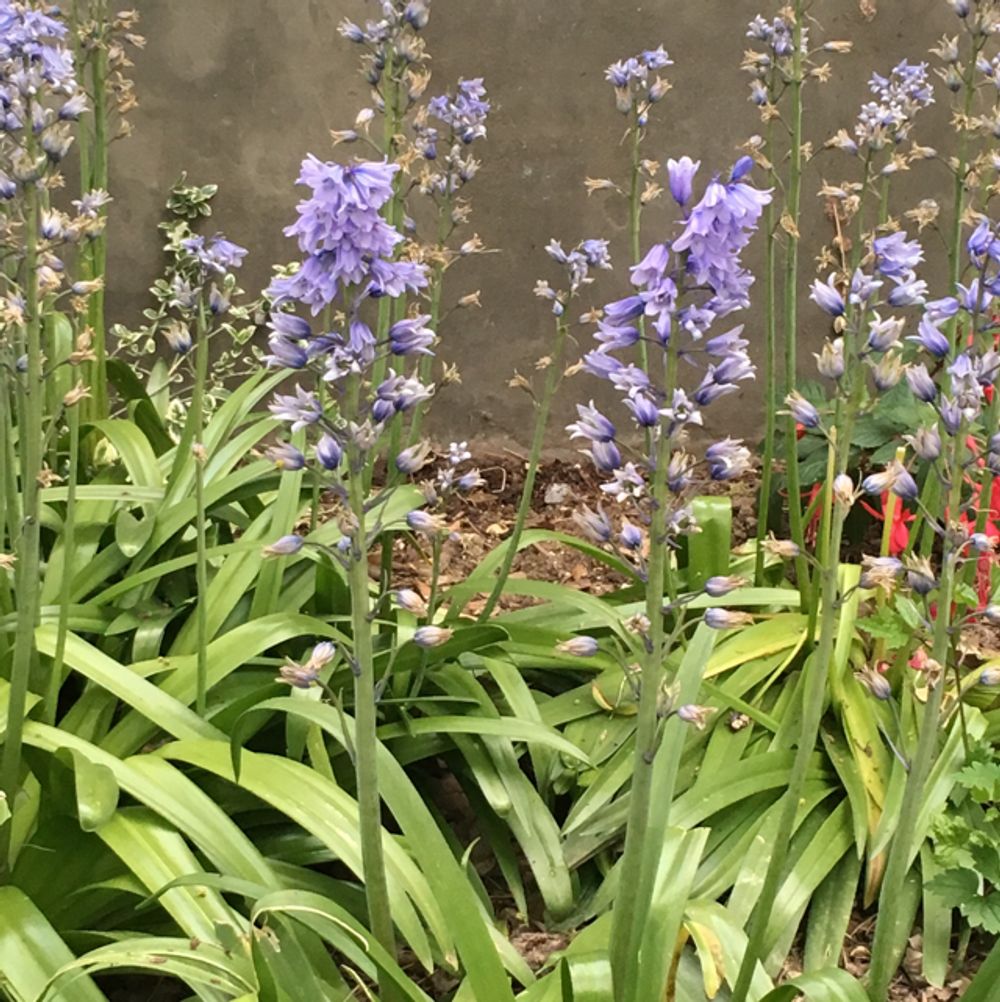Lavender
(Lavandula)

Description
Lavandula, commonly known as lavender, is a genus of flowering plants in the mint family, Lamiaceae. This genus contains around 47 species of aromatic evergreen shrubs, subshrubs, and herbaceous perennials native to the Old World, especially the Mediterranean region. Lavender plants are well-known for their fragrant flowers and leaves and are widely cultivated as ornamental plants, culinary herbs, and for their essential oils. In this article, we will explore the various aspects of Lavandula plants in detail. Taxonomy: Lavandula belongs to the family Lamiaceae, which also includes other well-known plants such as mint, basil, and rosemary. The genus Lavandula was first described by Carl Linnaeus in 1753. The name "lavender" is derived from the Latin word "lavare," which means "to wash," as the Romans used the plant to scent their bathwater. There are around 47 species of Lavandula plants, with some of the most common ones being Lavandula angustifolia, Lavandula stoechas, and Lavandula intermedia. Description: Lavender plants vary in size and shape, ranging from small herbaceous perennials to medium-sized shrubs. They have long, narrow leaves that are typically gray-green or silvery in color. The flowers of lavender are arranged in spikes, with each spike consisting of numerous small individual flowers. The flowers are typically purple or blue in color, although there are some cultivars that produce white, pink, or even yellow flowers. The flowers are highly fragrant and are an important source of essential oils. Distribution: Lavender plants are native to the Mediterranean region, but they have been cultivated in many other parts of the world, including Europe, North America, and Australia. The exact distribution of lavender species varies, with some species being found only in specific regions. For example, Lavandula stoechas is found primarily in the western Mediterranean region, while Lavandula angustifolia is found throughout Europe and Asia. Cultivation: Lavender plants are relatively easy to grow and are popular among gardeners and horticulturists. They prefer well-drained soil and full sun, although they can tolerate some shade. Lavender plants are drought-tolerant and do not require frequent watering. They can be propagated from seeds or cuttings, although cuttings are the preferred method as they ensure that the plant will be a clone of the parent plant. Lavender plants can be grown in containers or in the ground, and they make an excellent addition to herb gardens, rock gardens, and flower beds. Uses: Lavender plants have a wide range of uses, both ornamental and practical. They are commonly grown as ornamental plants in gardens and parks due to their attractive flowers and fragrant foliage. Lavender flowers are also used in perfumes, soaps, and other personal care products. Lavender essential oil is a popular ingredient in aromatherapy and is used for its calming and relaxing properties. Lavender oil is also used in cooking, particularly in Mediterranean cuisine, where it is used to flavor desserts, sauces, and meat dishes. Medicinal Properties: Lavender plants have long been used for their medicinal properties. Lavender essential oil is believed to have antimicrobial, anti-inflammatory, and analgesic properties. It is used to treat a variety of conditions, including anxiety, depression, insomnia, and pain. Lavender oil is also used topically to treat skin conditions such as acne, eczema, and psoriasis. Conclusion: Lavender plants are an excellent addition to any garden or landscape. They are easy to grow, attractive, and have a very pleasant aroma.
Taxonomic tree:







